" Tightly insert the wool into the dough"
When writing about banh bo jam, People's Artist Hoang Thi Nhu Huy made an interesting comment that when sliced to eat, each piece of cake has "all the flavors of late spring". Because the cake's crust is made of sticky rice cooked with sugar water, the filling is made of mixed jam. Each type of jam has a different color, so the baker skillfully arranges it to create beautiful colors and patterns for this type of banh bo.
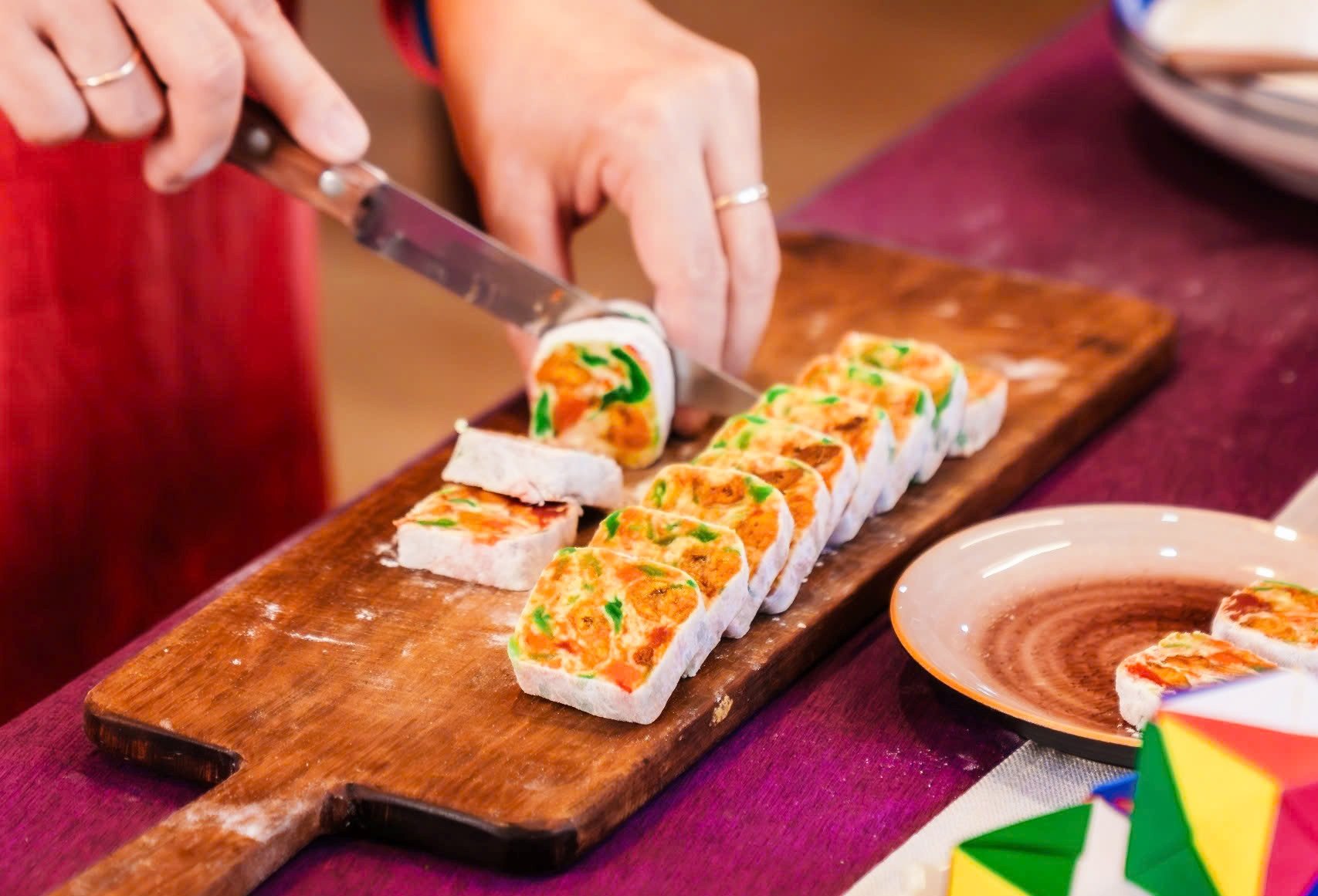
The colorful jam cake reminds many people of the old Hue Tet.
I met teacher Phan Nu Phuoc Hong (lecturer of culinary arts at Hue College) and heard about the origin of the dish "half cake, half jam". "Before appearing in the palace and the royal court, banh bo jam was a folk cake that showed the virtue of cherishing food of Hue women in the past", Ms. Hong began the story. Since ancient times, in the gardens in Hue, many kinds of fruit trees were often planted. In each season, the fruits ripened. Jackfruit, banana, papaya, pineapple... all ripened. When they could not eat them all, mothers and sisters felt sorry so they dried them or made jam to preserve them for a long time. On death anniversaries and Tet holidays, they would take these dishes out and stuff them with dry roasted sticky rice flour and put them in areca leaves.
When eating, the ancients just opened the package and cut it into slices, used for dessert with tea, very delicious. Later, housewives took the cake to a new level by adding fruit jams, such as ginger jam, kumquat jam, squash jam, carrots, tomatoes... "The lifestyle of Hue people has created a cake that is both eye-catching with the colors of the jams, fragrant with the smell of ripe fruit and has a full range of sour, spicy, acrid, sweet flavors...", Ms. Hong said.

Ms. Phan Nu Phuoc Hong introduces ancient Hue cakes, including jam cakes.
Famous Hue culinary artist, Mrs. Mai Thi Tra (91 years old), said that banh bo jam is usually only used within 2-3 days, and is a type of sticky rice cake. This is a type of cake often made during Tet, with all kinds of jam. "The smart and thrifty women of the past used jams that did not meet the requirements in terms of shape and size to make banh bo jam," said Mrs. Tra. Regarding how to make banh bo jam, Mrs. Tra has an easy-to-remember poem: Flour ground from roasted sticky rice/Cut carrots into small pieces equal to pumpkin and ginger/Mix jujube jam together/Don't forget to add the sugar to thicken/Knead evenly; the dough is smooth/The dough is soft, add sweet jam/The jam is tightly packed into the dough/Cut into pieces, wrap in a plastic bag.
K HUC'S VARIATION OF BANH BO
As a specialist in teaching Hue's typical culinary dishes, artisan Mai Thi Tra has given specific instructions on how to make this seemingly lost cake for those who want to learn to enjoy during Tet. To make 2 pieces of cake, each about 15 cm long, the chef needs to prepare 500 grams of roasted sticky rice flour, 300 grams of white sugar, 20 grams of squash jam, 20 grams of jujube jam, 20 grams of ginger jam, 20 grams of carrot jam, 20 grams of squash jam dyed with fragrant pandan juice and clear mirror paper. "First, cut the jams into small pieces and mix them together. Then, put sugar in a pot with 200 ml of water, stir well, put on the stove to boil, stir until the sugar dissolves, remove from heat and let cool. Put the flour in a tray to make a well of flour, then pour sugar water into the middle of the well and knead until soft and smooth," Ms. Tra instructed.

Jam cake made by foreign tourists after experiencing at Ms. Phuoc Hong's house
The next step is to spread the dough out and drop the jam in, roll it up, while kneading and pressing the jam inside to create a square shape. After that, the baker needs to coat the outside with flour to make it smooth and without streaks on the surface of the cake. Leave the cake for about an hour for it to harden before using a knife to cut each slice 1 cm thick, wrap it in transparent mirror paper so that the jam color shows clearly. According to Mr. Tra, the reason for choosing the above mentioned jams as ingredients is to create an aesthetic for the cake. Each cut across the cake will produce a beautiful slice of cake like a multi-colored stereoscopic painting, including green, red, yellow, white...
But if so, banh bo jam would still be just a folk cake. Lecturer Phan Nu Phuoc Hong said that the cake was elevated to a higher level when it entered the palaces or followed the concubines into the palace thanks to the use of more precious ingredients, such as fragrant sticky rice flour mixed with premium rock sugar. The fillings are luxurious jams only available in the forbidden palace, such as dried persimmons, raisins, jujube jam, Buddha's hand jam, tangerine peel jam... "Another special point is that the ancients processed banh bo jam according to the weather. Fruit jams put into the cake are divided into 2 types. Fresh has squash, carrots, jackfruit... Warm has ginger jam, kumquat jam, orange jam... Depending on whether the day is sunny or cold, the amount of jam in a cake is increased or decreased," Ms. Hong shared.
Having said that, Ms. Hong gently poured a cup of hot tea and invited me to taste the cake she made a few days ago. This is the cake she processed and "upgraded" a bit by drying it to offer to guests visiting her house in Bao Vinh old town. The cake is entering a new phase of transformation, becoming an experiential tourism product that attracts both Western and Vietnamese tourists. Enjoying tea and cake in the elegant space of an ancient house, the taste of the old Hue Tet sounds so close... (to be continued)
Source: https://thanhnien.vn/giu-huong-tet-xua-la-lam-banh-bo-mut-185250117225955561.htm


![[Photo] President of the Cuban National Assembly visits President Ho Chi Minh's Mausoleum](https://vphoto.vietnam.vn/thumb/1200x675/vietnam/resource/IMAGE/2025/10/1/39f1142310fc4dae9e3de4fcc9ac2ed0)


![[Photo] Hanoi morning of October 1: Prolonged flooding, people wade to work](https://vphoto.vietnam.vn/thumb/1200x675/vietnam/resource/IMAGE/2025/10/1/189be28938e3493fa26b2938efa2059e)

![[Photo] Keep your warehouse safe in all situations](https://vphoto.vietnam.vn/thumb/1200x675/vietnam/resource/IMAGE/2025/10/1/3eb4eceafe68497989865e7faa4e4d0e)













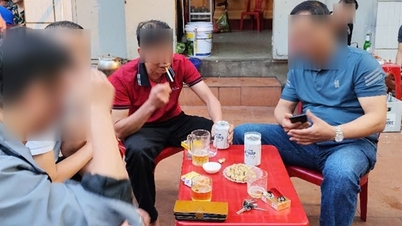




















































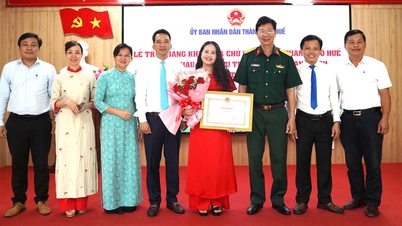


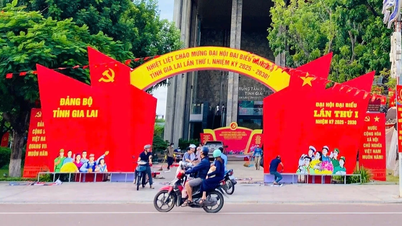



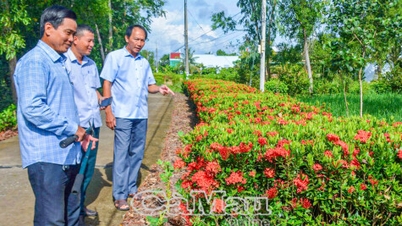
















Comment (0)